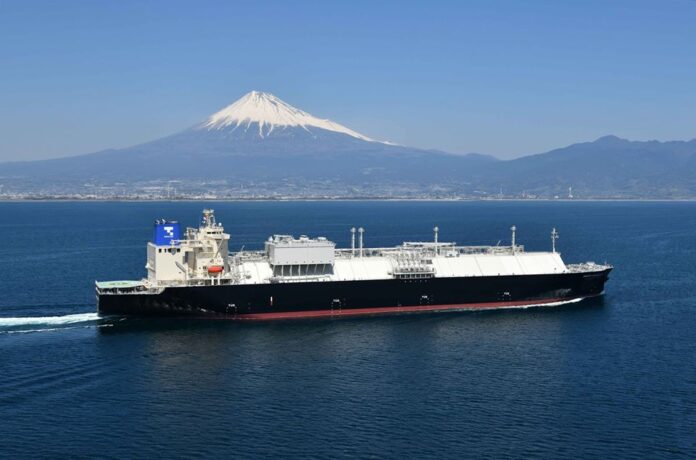Japan is reemerging as a key market for liquefied natural gas producers, driven by growing power demand from data centers, rising costs of alternative fuels, and a new national energy plan that supports long-term LNG use.
While China’s LNG imports are expected to fall this year, Japan, the second-largest importer, is securing new long-term supply deals, including ongoing talks with QatarEnergy. Japanese buyers had slowed long-term contracting under a previous energy plan focused on decarbonization.
But the new plan, released in February, supports public-private cooperation to lock in stable LNG supply due to global price and supply risks.
Japan’s 7th Strategic Energy Plan identifies LNG as a practical transition fuel that will remain important even after the country reaches carbon neutrality. The Ministry of Economy, Trade and Industry projects that annual LNG demand could fall from 66 million tons in 2023 to between 53 and 61 million tons by 2040.
However, in a slower decarbonization scenario, demand could rise to 74 million tons.
LNG-fired capacity is also expected to grow. The Organization for Cross-regional Coordination of Transmission Operators said in March that capacity will reach 85.75 gigawatts by 2034, up from 79.98 GW in 2024.
Japan has awarded 7 GW of new gas-fired power projects over the past two years to replace ageing coal plants.
Rising costs for fuels like hydrogen and ammonia have made LNG more appealing again.
Energy use in Japan is expected to rise by 12% to 22% by 2040, with power generation reaching between 1,100 and 1,200 terawatt-hours. The International Energy Agency projects data center electricity use will rise by 80%, or about 15 TWh, by 2030.
Since the energy plan’s release, Japanese companies have signed several long-term deals.
Osaka Gas signed a 15-year agreement with Abu Dhabi National Oil Company. Kyushu Electric Power agreed to a contract with Energy Transfer, its first long-term U.S. supply deal.
JERA, Japan’s largest power generator and LNG buyer, signed four 20-year deals with U.S. suppliers, including NextDecade, Sempra Infrastructure, Cheniere Marketing, and Commonwealth LNG. From late 2022 to early 2024, only three long-term deals had been announced.
More deals are expected, as utilities look to secure supply and manage seasonal needs. JERA and Mitsui & Co are also in talks with QatarEnergy for long-term volumes from its North Field expansion.
Still, uncertainty remains about Japan’s future LNG demand. It depends on how quickly nuclear plants restart and whether Japan meets its carbon neutrality targets.
To manage this uncertainty, companies are building up their trading capabilities and favoring flexible contracts.
“With the government presenting multiple future scenarios, it is no longer possible to provide a definitive outlook for energy supply and demand, highlighting the uncertainty ahead,” said Takashi Uchida, chairman of the Japan Gas Association and president of Tokyo Gas.























